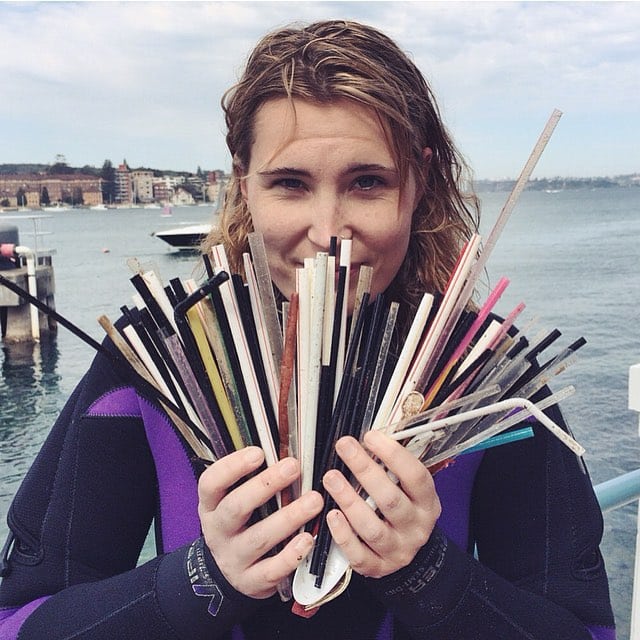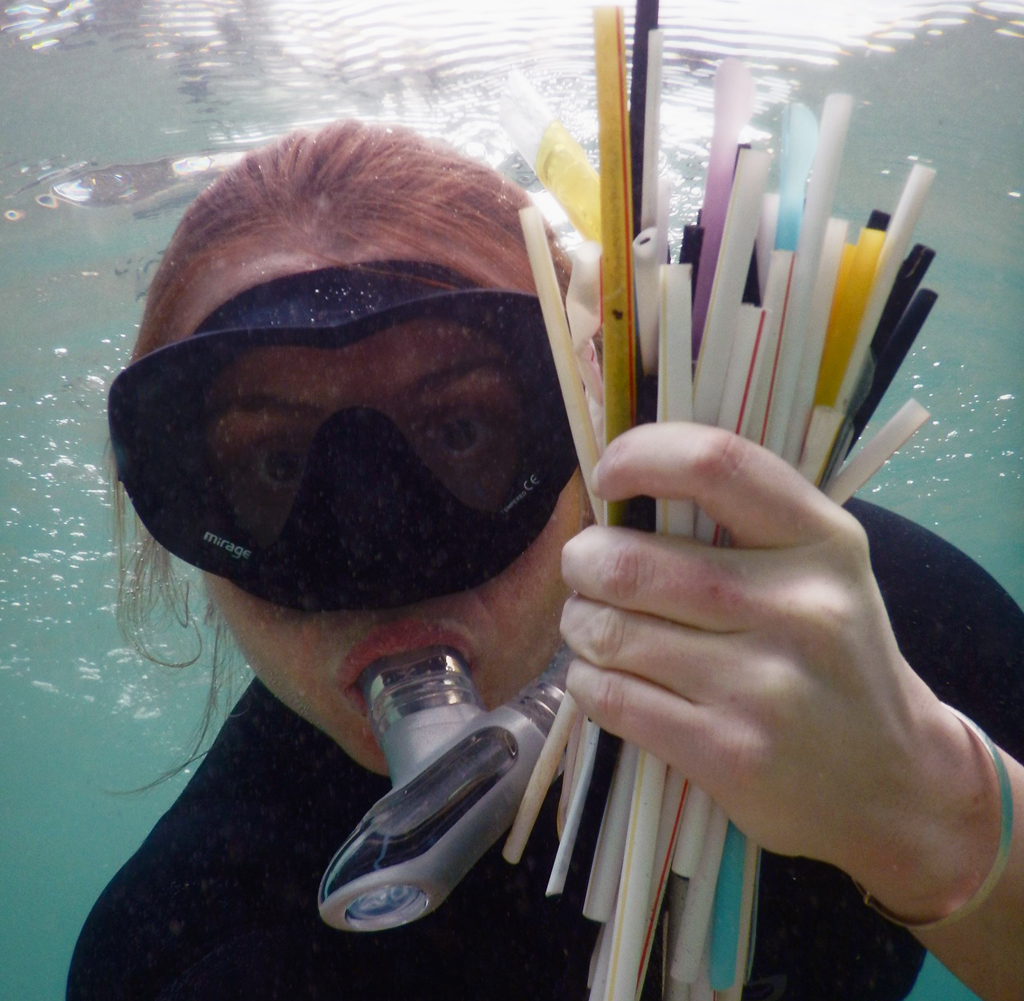
Tell McDonalds to replace their one-time-use plastic straws with eco paper straws.
- por: dr. leslie dean brown
- destinatário: Steve Easterbrook. CEO of McDonalds. Every single manager of the many McDonalds restaurants all around planet Earth.
Why should people sign?
Because small things like plastic straws and bottle tops are easily blown around in windy weather. Millions of plastic straws end up in the ocean and tonnes of plastic waste has already accumulated in the Pacific Garbage Patch.
I think ALL fast-food restaurants need to be much more aware about where materials come from and where they go at the end of their life.

Plastic straws made the 'top ten' items picked up on beach clean ups, and it's not hard to see why. Avid scuba diver Kasey Turner was snorkeling after work recently at a popular dive site in Manly, Australia. In the area she found 319 straws on a single 20-minute snorkel. 24 hours later Kasey went back and did another and found 294 in the exact same place.

Keen scuba diver and aquarist at Manly SEALIFE Sanctuary, Kasey Turner, was snorkelling after work recently at a popular dive site in Manly, Australia. In the area she found 319 straws on a 20-minute snorkel. 24 hours later Kasey went back and did another and found 294 in the exact same place! The following weekend, inspired by Kasey’s actions, I jumped in for a dive and found another 150, highlighting just how quickly these plastic pollution accumulates. [source]
The following weekend, inspired by Kasey's actions, I jumped in for a dive and found another 150, highlighting just how quickly these plastic pollution accumulates. [source]
Some of these long-lasting plastics end up in the stomachs of marine animals, and their young, including sea turtles and the black-footed albatross. Midway Atoll receives substantial amounts of marine debris from the patch. Of the 1.5 million Laysan albatrosses that inhabit Midway, nearly all are found to have plastic in their digestive system. Approximately one-third of their chicks die, and many of those deaths are due to being fed plastic from their parents. Twenty tons of plastic debris washes up on Midway every year with five tons of that debris being fed to albatross chicks.
Besides the particles' danger to wildlife, on the microscopic level the floating debris can absorb organic pollutants from seawater, including PCBs, DDT, and PAHs. Aside from toxic effects, when ingested, some of these are mistaken by the endocrine system as estradiol, causing hormone disruption in the affected animal. These toxin-containing plastic pieces are also eaten by jellyfish, which are then eaten by larger fish.
Many of these fish are then consumed by humans, resulting in their ingestion of toxic chemicals.
Marine plastics also facilitate the spread of invasive species that attach to floating plastic in one region and drift long distances to colonize other ecosystems.
While eating their normal sources of food, plastic ingestion can be unavoidable or the animal may mistake the plastic as a food source.
Research has shown that this plastic marine debris affects at least 267 species worldwide.
CHECK OUT THIS HORRID VIDEO.
Complain to @SteveEasterbrk
ATTACK!! ATTACK!! ATTACK!! ATTACK!! ATTACK!! ATTACK!! ATTACK!! ATTACK!! ATTACK!!
ATTACK!! ATTACK!! ATTACK!! ATTACK!! ATTACK!! ATTACK!! ATTACK!! ATTACK!! ATTACK!!
ATTACK!! ATTACK!! ATTACK!! ATTACK!! ATTACK!! ATTACK!! ATTACK!! ATTACK!! ATTACK!!
ATTACK!! ATTACK!! ATTACK!! ATTACK!! ATTACK!! ATTACK!! ATTACK!! ATTACK!! ATTACK!!
That my friends is all I can think of. :(
Thanks very much,
leslie from www.lesliedeanbrown.com
ao assinar, você aceita o termos de serviço da Care2 Você pode gerenciar suas assinaturas de e-mail a qualquer momento.
Está tendo algum problema?? Avise-nos.